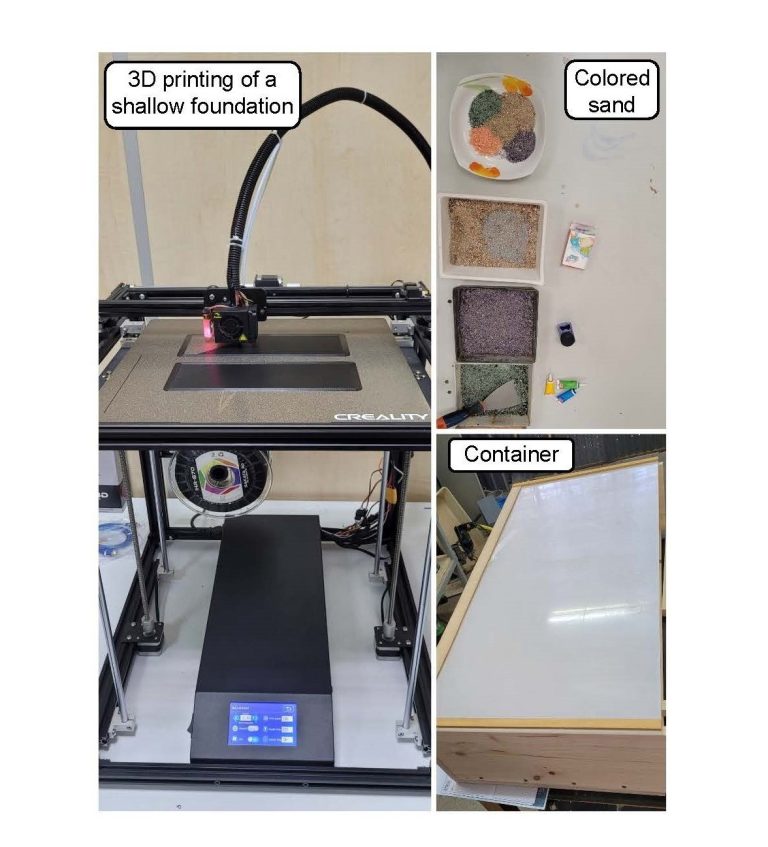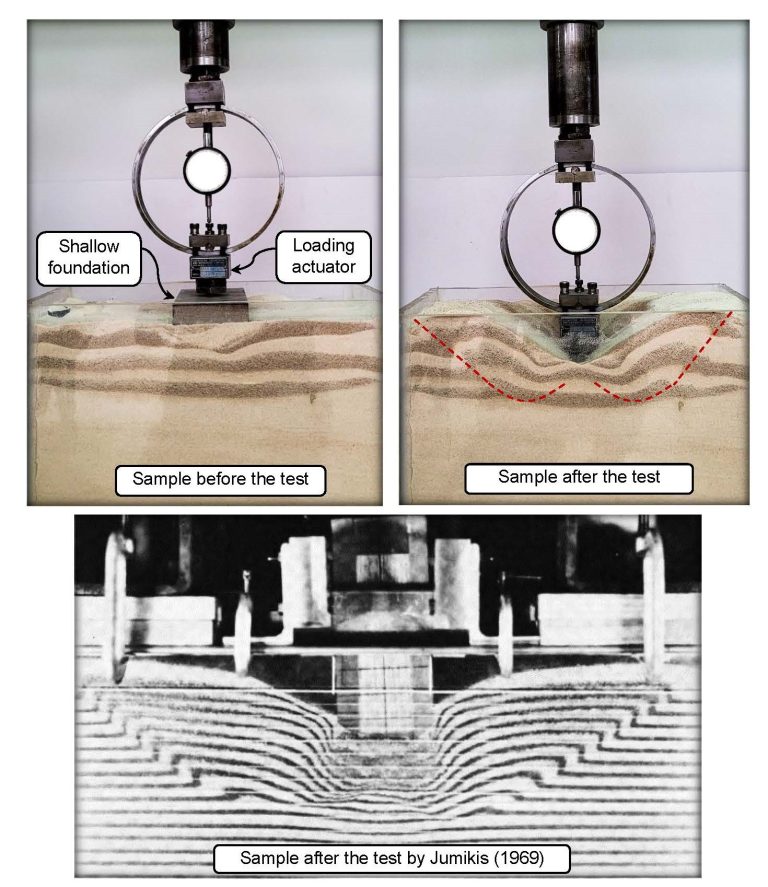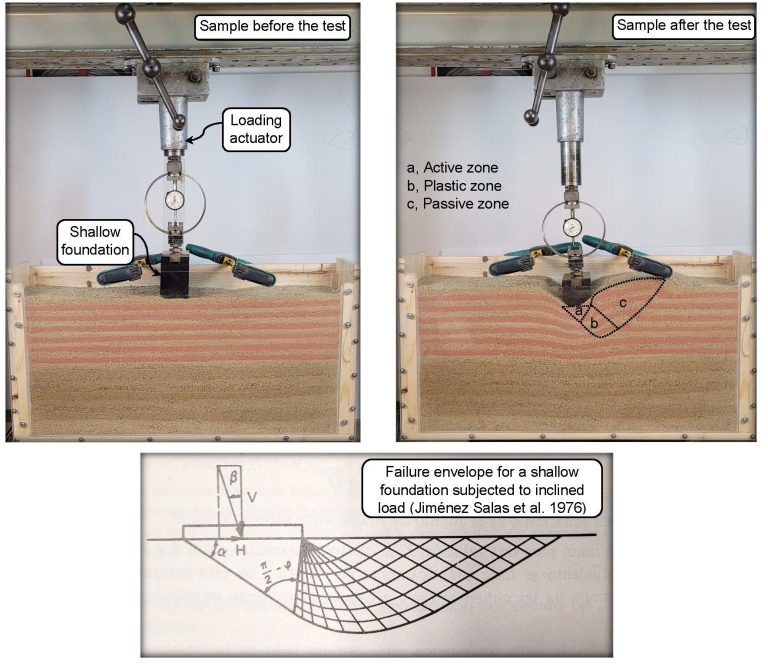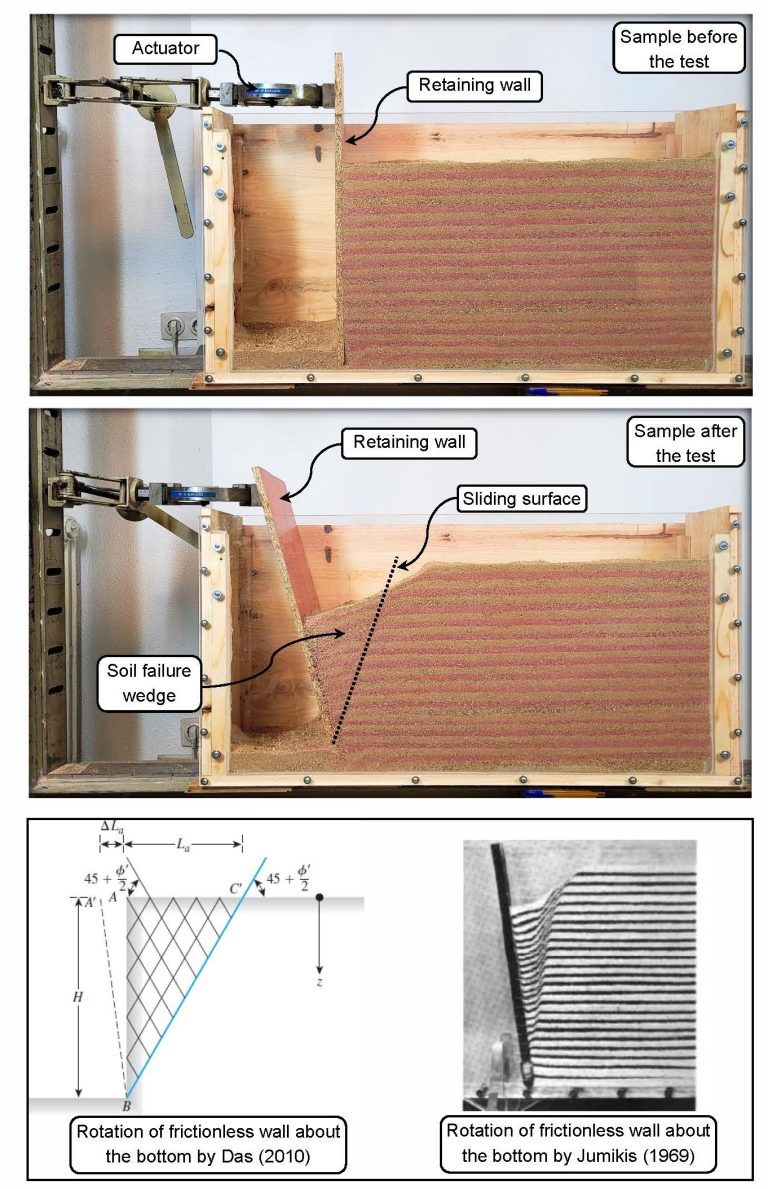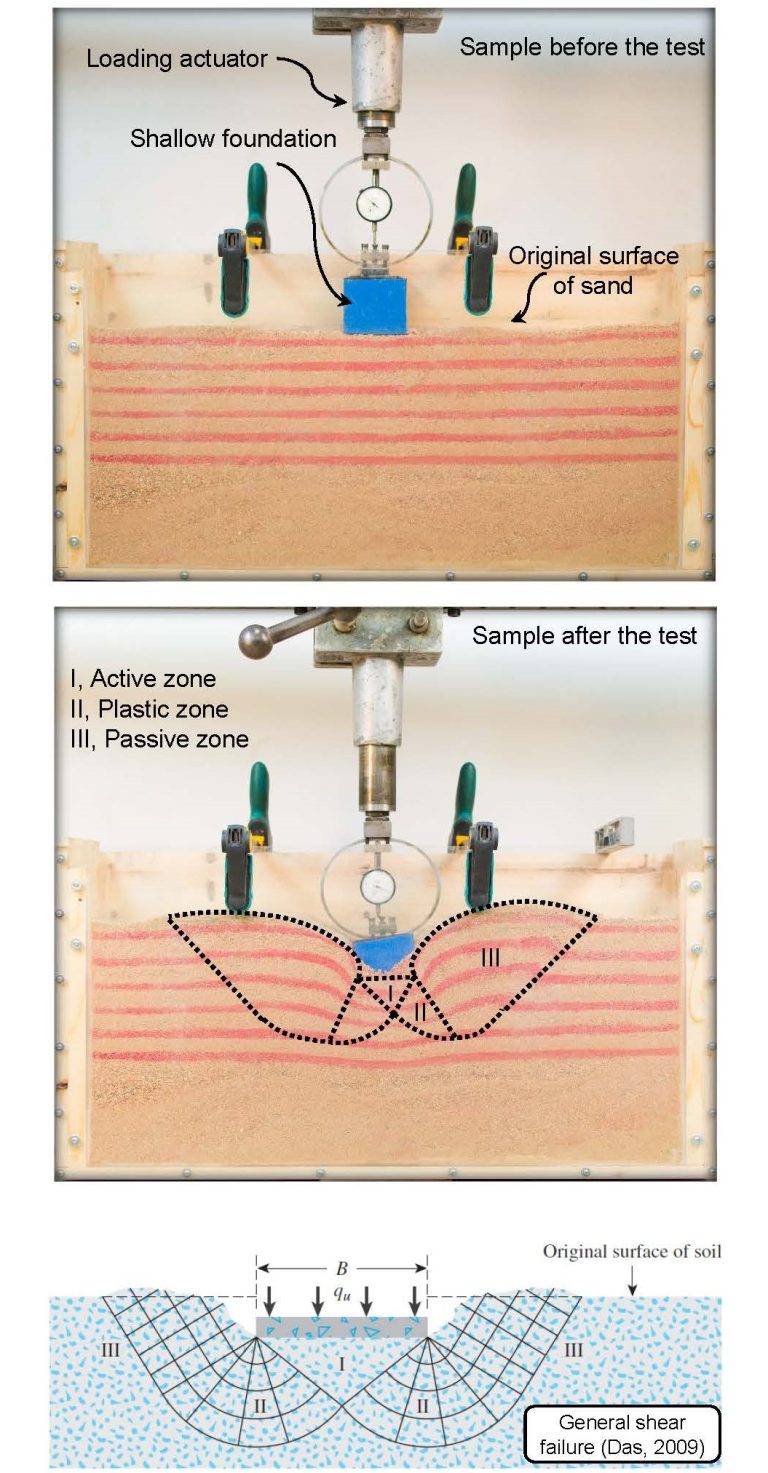DEM simulation of rock creep in tunnels using Rate Process Theory
J.G. Gutiérrez-Ch, S. Senent, P. Zeng , R. Jimenez
Abstract
The time-dependent (creep) behaviour of rocks affects the safety and stability of tunnels excavated in weak rocks and at great depths. Several theories have been proposed to simulate the creep deformation in rock; i.e., the progressive time-dependent damage that rocks (or other materials) exhibit under constant stress. However, most of these theories do not capture the accelerating strains associated to tertiary creep and leading to rock failure. In this research, the Rate Process Theory (RPT), combined with the Discrete Element Method (DEM), are used to simulate rock creep deformation in deep tunnels. To do that, two-dimensional (2D) DEM tunnel models are built using particles, with their interactions being simulated by a hybrid mixture of the linear and flat joint contact models. The RPT is incorporated into such models by a user-defined Visual C++ script that modifies their friction coefficients during the DEM simulation, depending on the relative velocity between particles. Numerical results show, for the first time, that the joint RPT-DEM approach is able to reproduce all stages of tunnel convergences associated to rock creep, including tertiary creep; and that it can reproduce the rock damage associated to such creep strains.
For additional details of this research click here




